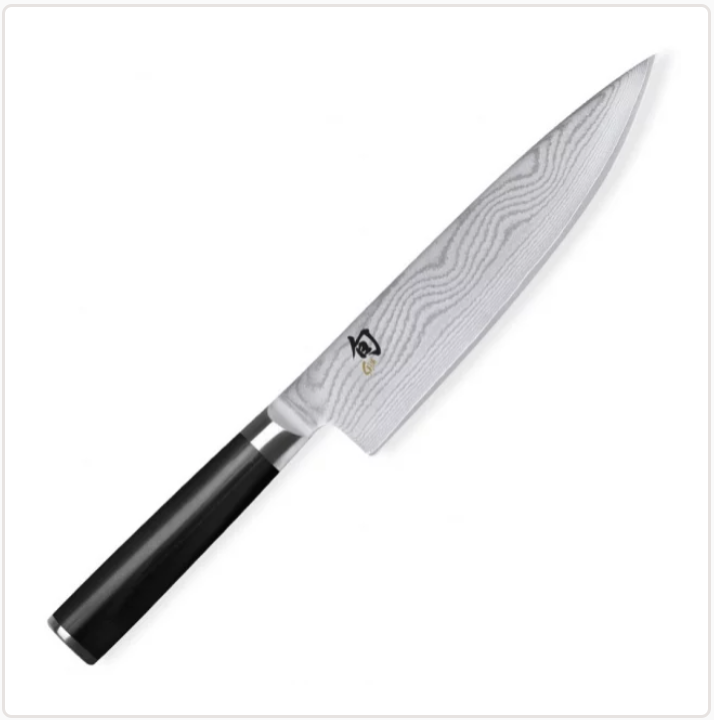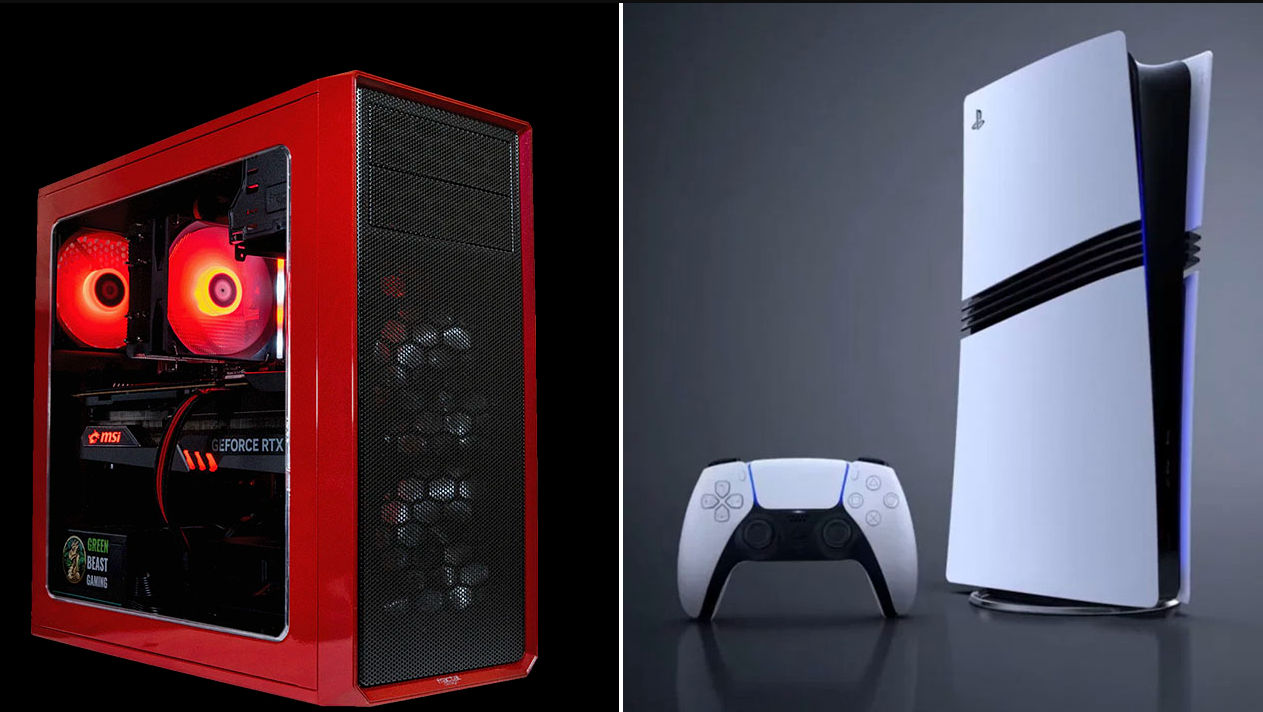
They are an integral part of food preparation and play a key role in the cooking process. Choosing the right knives for the kitchen is like an art, and in this article, we will look at the best kitchen knives that are worth having in your kitchen.
Shapes and types of knives
There are different shapes and types of kitchen knives on the market, each designed for specific tasks. Here are some of them:
- Chef’s Knife: A versatile knife with a long blade suitable for cutting, slicing and many other tasks.
- Bread knife: With serrated blade for slicing bread without crushing.
- Meat cutting knife: Ideal for cutting meat and removing bones.
- Vegetable knife (paring knife): A small knife with a narrow blade for slicing and peeling vegetables and fruit.
- Versatile Knife: A medium-sized knife that is good for most tasks in the kitchen.
How to choose the best kitchen knives
Choosing kitchen knives depends on your needs and preferences. Here are some important factors to consider:
Blade Material:
- Stainless steel: This blade material is widely used in knives intended for home use. Stainless steel is corrosion resistant, easy to sharpen and requires little maintenance. It makes knives easier to use, but can be less sharp compared to some other materials.
- Carbon steel: Knives with carbon steel blades are generally sharper and more durable than stainless steel. However, they are more prone to corrosion and may require more careful maintenance. This type of knife is often chosen by experienced chefs who are willing to invest effort in care and sharpening.
- VG-10 (high quality Japanese steel): This blade material is used in Japanese knives and is renowned for its incredible sharpness and corrosion resistance. VG-10 steel knives are more expensive, but they provide the highest level of performance and excellent sharpness.
- Ceramic: Knives with ceramic blades are incredibly sharp and corrosion resistant. They also do not absorb odours and flavours from foods. However, they are more fragile and can easily break if used improperly.
- Damascus Steel: Damascus steel knives have a unique appearance due to their textured blade. They are usually a combination of different types of steel and provide excellent sharpness and durability.
Blade length:
- Chef’s knife (20-25 cm): A chef’s knife with a blade length ranging from 20 to 25 cm is a versatile tool and is suitable for most tasks in the kitchen. It can be used for cutting meat, fish, vegetables and many other types of food.
- Bread knife (20-25 cm): The bread knife usually has a serrated blade and can also be between 20 and 25 cm long. It is ideal for slicing bread and loaves without crushing them.
- Cutting knife (15 to 20 cm): If you often have to separate meat into bones or cut large pieces of meat, a cutting knife with a 15 to 20 cm blade is the best choice. This will ensure a more precise and controlled cutting of meat.
- Vegetable knife (paring knife) (7-10 cm): A vegetable knife or paring knife usually has a short blade between 7 and 10 cm long. It is designed for peeling, slicing and minor work with fruit and vegetables.
- Universal knife (15-18 cm): The universal knife with a blade length of 15 to 18 cm is a good compromise between a chef’s knife and a vegetable knife. It can be used for most tasks in the kitchen and is suitable for those who prefer compact knives.
Handle ergonomics:
- The comfort of the knife handle plays an important role, especially if you plan to spend a long time in the kitchen.
Care and sharpening:
- Make sure you know how to properly care for and sharpen your knives to keep them sharp and long lasting.
Japanese knives – masters of sharpness
Japanese kitchen knives are renowned for their incredible sharpness and elegant design. They are made from high quality steels such as VG-10 and have thin blades, making them ideal for slicing sushi, sashimi and other Japanese dishes. Knives from brands such as Shun and Miyabi are known for their outstanding reputation.
German knives – reliability and durability
German kitchen knives are renowned for their reliability and durability. They are usually made from thicker blades and softer steels, such as X50CrMoV15 stainless steel. These knives are ideal for tasks that require more strength and resistance, such as cutting meat or slicing vegetables. Here, knives from the Wusthof and Zwilling brands deserve special attention.
Top 10 kitchen knives
| Location | Knife name | Blade material | Blade length | Assignment |
| 1 | Shun Classic Chef’s knife | VG-10 steel | 20cm | Universal use |
| 2 | Wusthof Classic Chef’s knife | X50CrMoV15 stainless steel | 20cm | Universal use |
| 3 | Miyabi Kaizen Chef’s knife | VG-10 steel | 24cm | Universal use |
| 4 | Zwilling Pro Chef’s Knife | X50CrMoV15 stainless steel | 20cm | Universal use |
| 5 | Victorinox Fibrox Bread knife | Stainless steel | 21cm. | Slicing bread |
| 6 | Global G-2 Chef’s knife | CROMOVA 18 steel | 20cm | Universal use |
| 7 | Dalstrong Shogun Series Chef’s Knife. | VG-10 steel | 20cm | Universal use |
| 8 | MAC Professional Series Meat Knife | Hard carbon steel | 17cm. | Cutting of meat |
| 9 | Wusthof Classic Ikon Vegetable Knife | X50CrMoV15 stainless steel | 9cm. | Peeling and cutting vegetables |
| 10 | Shun Premier Filleting Knife | VG-10 steel | 15cm | Filey work with fish and meat |
The best kitchen knives are an investment in your culinary art. When choosing knives, consider your needs and preferences, and look for trusted brands and reviews from other users. Whether you are an experienced chef or a novice cook, good knives will make your work in the kitchen more efficient and satisfying.
Make your next knife purchase even more enjoyable with savings from reBITme. Enjoy your choice!




